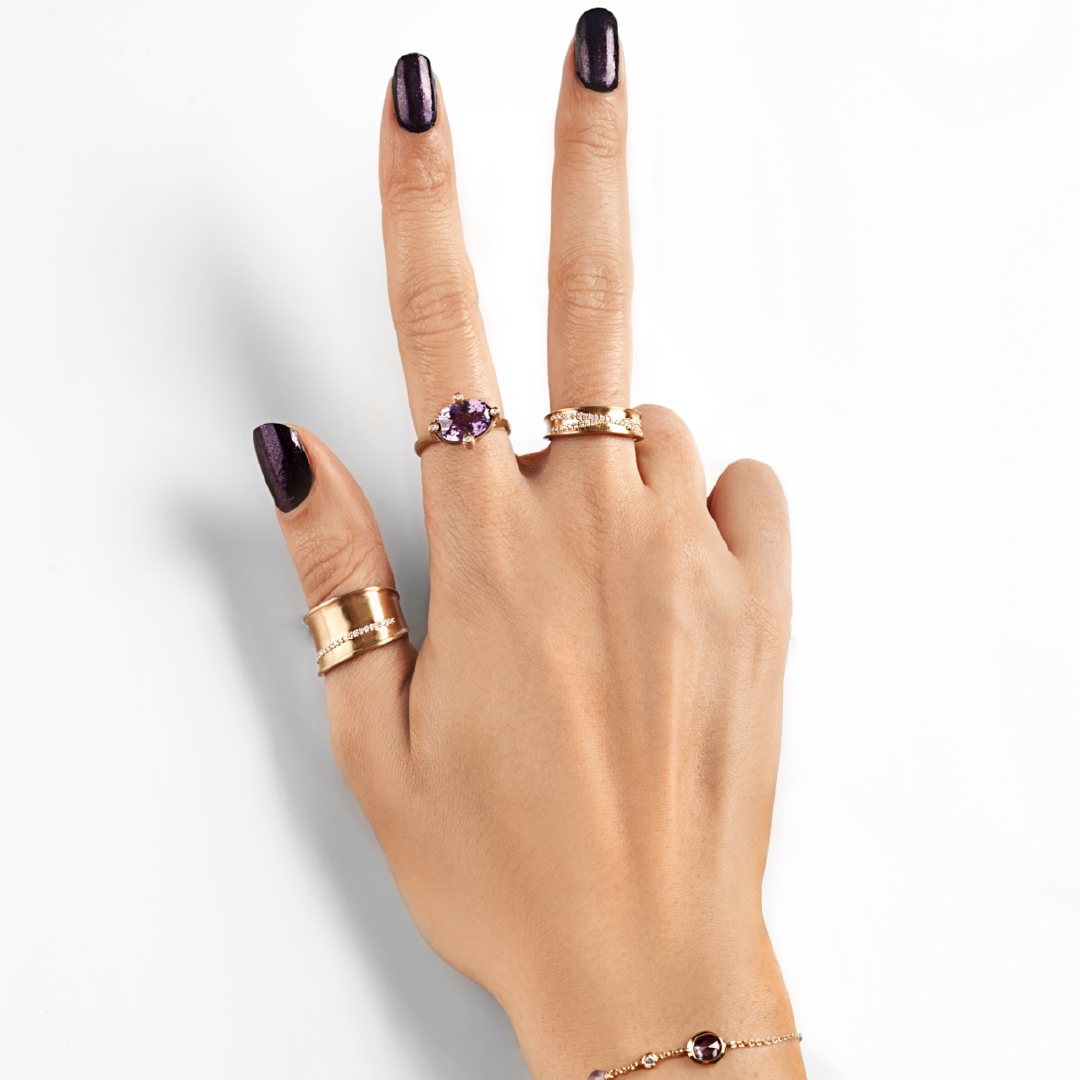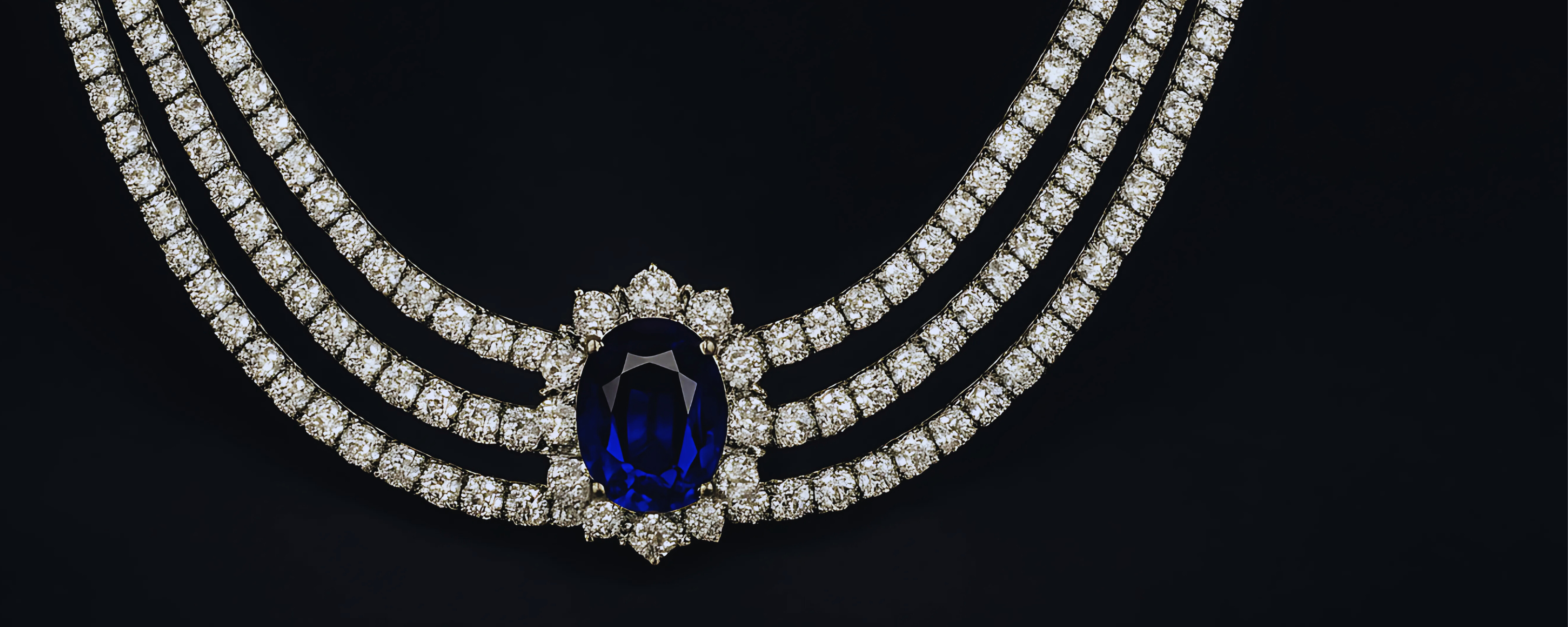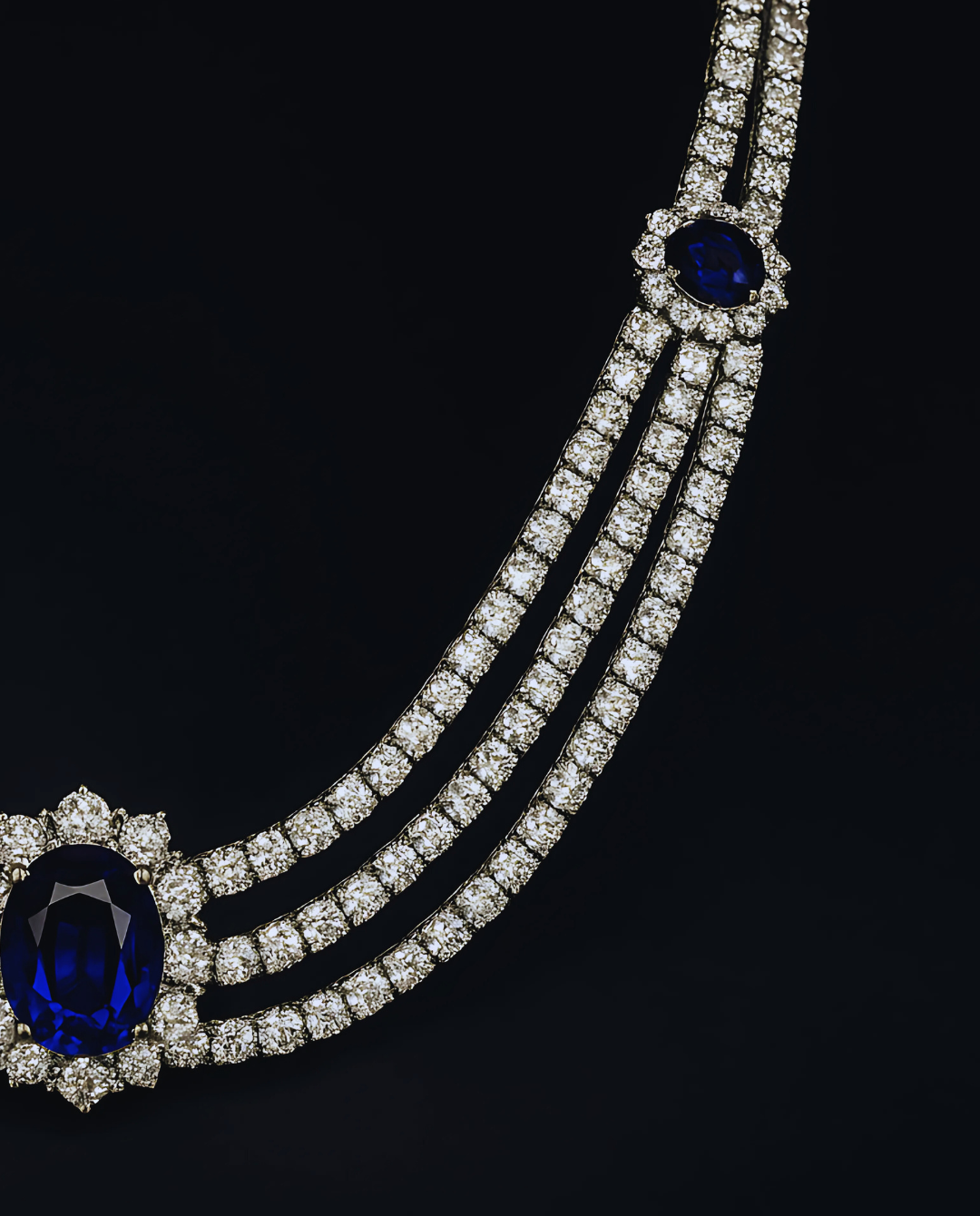When I founded Lark & Berry, many industry insiders dismissed lab-grown diamonds as a passing trend. They insisted that consumers would always prefer "real" diamonds, despite the fact that lab-grown diamonds are chemically, physically, and optically identical to their mined counterparts. My journey as a diamond disruptor has been challenging but immensely rewarding, as the market has unfolded exactly as I predicted.
Today, we're witnessing a revolution in the jewelry industry. What was once considered alternative has become mainstream, with lab-grown diamonds now accounting for the majority of engagement ring sales. This shift hasn't happened by accident—it reflects a fundamental change in what consumers value and how they define luxury.
The Truth About Lab-Grown Diamonds
Let's start by addressing the most common misconception: lab-grown diamonds are not "fake" diamonds. They're not cubic zirconia, moissanite, or any other simulant.
Lab-grown diamonds are real diamonds, with the same carbon crystal structure, hardness, and optical properties as mined diamonds. The only difference is their origin—they're grown in controlled laboratory environments rather than formed deep within the earth over billions of years.
There are two primary methods for creating lab-grown diamonds:
- High-Pressure High-Temperature (HPHT): This process mimics the natural conditions under which diamonds form in the earth, using extreme pressure and heat to transform carbon into diamond.
- Chemical Vapor Deposition (CVD): This newer method involves introducing carbon-rich gas into a chamber where the carbon atoms arrange themselves into diamond crystal structures.
The technology has advanced tremendously in recent years, allowing for the creation of larger, higher-quality stones at increasingly accessible price points. At Lark & Berry, we've been at the forefront of incorporating these technological advances into luxury fine jewelry since our founding.
The Benefits That Are Changing the Industry
The rapid adoption of lab-grown diamonds isn't simply a matter of price, though that's certainly a factor. It's driven by multiple compelling benefits that resonate deeply with today's conscious consumers.
Ethical Sourcing
The diamond mining industry has made significant strides in addressing ethical concerns, but questions remain about working conditions, fair compensation, and community impact. Lab-grown diamonds eliminate these concerns entirely. There's no risk of funding conflict or exploitation—just skilled technicians and scientists creating beautiful stones in controlled environments.
When I first learned about lab-grown diamonds, I was struck by this simple truth: if we can create identical diamonds without the ethical ambiguities of mining, why wouldn't we choose that option?
Environmental Sustainability
Diamond mining has significant environmental impacts—disrupting ecosystems, consuming vast amounts of energy and water, and often leaving behind altered landscapes. Lab-grown diamonds, by contrast, have a much smaller environmental footprint.
Many diamond-growing facilities now use renewable energy sources, further reducing their environmental impact. The technology continues to improve, making lab-grown diamonds an increasingly sustainable choice for environmentally conscious consumers.
Superior Value
Perhaps the most immediately apparent benefit for consumers is the value proposition. Lab-grown diamonds typically cost 30-40% less than mined diamonds of equivalent carat weight, color, and clarity. This price advantage isn't because they're inferior—it's because they bypass the artificial scarcity and complex supply chain of mined diamonds.
This value proposition allows consumers to:
- Choose larger stones without exceeding their budget
- Opt for higher quality in terms of color and clarity
- Invest in more intricate, handcrafted settings
- Add meaningful personalized details that tell their unique story
At Lark & Berry, this value advantage has allowed us to offer fully bespoke engagement rings at exceptionally competitive prices. Couples can create rings that truly reflect their individual love stories without compromise.
The Market Has Spoken
When we launched Lark & Berry as the first luxury brand exclusively using lab-grown diamonds, many industry traditionalists scoffed. They insisted that consumers would always prefer "natural" diamonds because of their romantic origin story and perceived value.
The market has proven them wrong.
According to The Knot's 2025 Real Weddings Study, 52% of couples surveyed in 2024 chose lab-grown diamonds for their engagement rings, representing a 40% increase since 2019. This majority preference for lab-grown diamonds represents a seismic shift in consumer behavior.
What's particularly interesting is that this isn't merely a matter of budget-conscious shoppers opting for cheaper alternatives. We're seeing affluent consumers deliberately choosing lab-grown diamonds because they align with their values and offer superior value.
Industry Resistance and Evolution
Despite growing consumer demand, parts of the traditional diamond industry have been slow to adapt. I experienced this resistance firsthand in 2019, when our Bow Suite—featuring an 11.6-carat lab-grown diamond necklace—won a prestigious jewelry competition, only to have the award later withdrawn when the organizers learned the diamonds were lab-grown.
Such resistance is natural in an industry built around the mystique and rarity of mined diamonds. For more than a century, major diamond companies invested heavily in marketing campaigns that romanticized the origin of natural diamonds and positioned them as symbols of enduring love precisely because of how they're formed.
But the industry is evolving. Many established jewelers now offer lab-grown options alongside mined diamonds. New brands dedicated exclusively to lab-grown diamonds have emerged. And the narrative is changing, with more emphasis on the ethical and environmental benefits of choosing lab-grown.
The Parallels to Cultured Pearls
The transition we're seeing with diamonds isn't without precedent. In the early 20th century, the pearl industry underwent a similar transformation with the introduction of cultured pearls.
Initially, cultured pearls faced significant resistance from the natural pearl industry. They were dismissed as "fake" despite being genuine pearls in every scientific sense. Jewelers refused to sell them. High-end retailers rejected them.
But consumers gradually recognized their value, quality, and more accessible price point. Today, virtually all pearl jewelry sold worldwide uses cultured pearls, and they're simply marketed as "pearls" without the qualifier.
I believe we'll see the same evolution with diamonds. Eventually, the distinction between "lab-grown" and "mined" will fade, and they'll simply be known as diamonds—with consumers choosing based on specific qualities rather than origin.
The Future of Diamond Jewelry
As the founder of a company that staked its reputation on lab-grown diamonds from the beginning, I'm naturally bullish about their future. But my confidence isn't based on wishful thinking—it's supported by clear market trends and the undeniable benefits these diamonds offer.
The figures tell a compelling story. Year after year, the market share of lab-grown diamonds continues to grow. Their price advantage persists despite attempts by some in the mined diamond industry to position them as inferior. And consumers increasingly recognize that choosing lab-grown isn't a compromise—it's a savvy decision that aligns with both their values and their desire for beautiful jewelry.
At Lark & Berry, we've seen this shift play out in our rapidly growing engagement ring business. Couples come to us not just for more affordable options but for the creative freedom our approach enables. They can design rings that truly reflect their individual love stories, with larger stones, more intricate settings, and personalized details that might be unattainable with mined diamonds.
A New Definition of Luxury
Perhaps the most significant impact of lab-grown diamonds is how they're redefining luxury in the jewelry industry. Traditionally, luxury has been associated with rarity, exclusivity, and high prices. But modern consumers have a more nuanced view.
Today's luxury consumers value:
- Exceptional craftsmanship and design
- Transparency about sourcing and production
- Ethical and environmental responsibility
- Personalization and meaning
- Value that reflects genuine quality rather than artificial scarcity
Lab-grown diamonds align perfectly with these evolving priorities. They allow consumers to enjoy beautiful, high-quality jewelry without ethical concerns or inflated prices based on controlled supply.
At Lark & Berry, we've embraced this new definition of luxury from the beginning. Our pieces feature the same exceptional craftsmanship and attention to detail you'd expect from any fine jewelry brand. The only difference is that our diamonds don't come with the ethical ambiguities or environmental impact of mining—and that's a difference worth celebrating.
Conclusion: Diamond Disruptors
When I founded Lark & Berry, I did so with the conviction that lab-grown diamonds represented not just the ethical choice but the future of the industry. I believed consumers would embrace them once they understood the benefits and experienced the quality firsthand.
That prediction has been validated beyond my expectations. Lab-grown diamonds have moved from alternative to mainstream in just a few short years, with major retailers, celebrities, and everyday consumers alike embracing their benefits.
As we look to the future, I believe we'll see continued innovation in diamond growing technology, resulting in even higher quality stones at more accessible prices. We'll see more creative designs that take advantage of the value proposition lab-grown diamonds offer. And most importantly, we'll see a continued shift in how consumers think about luxury, with more emphasis on ethical sourcing, sustainability, and genuine value.
The diamond industry has been resistant to change for decades, but the revolution is well underway. And for those of us who took the risk of being early adopters and advocates, it's deeply satisfying to see our vision becoming reality.





Leave a comment